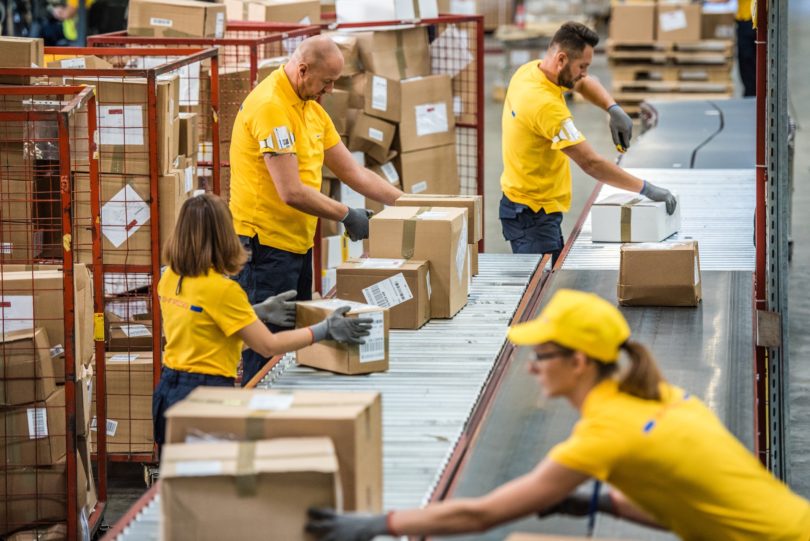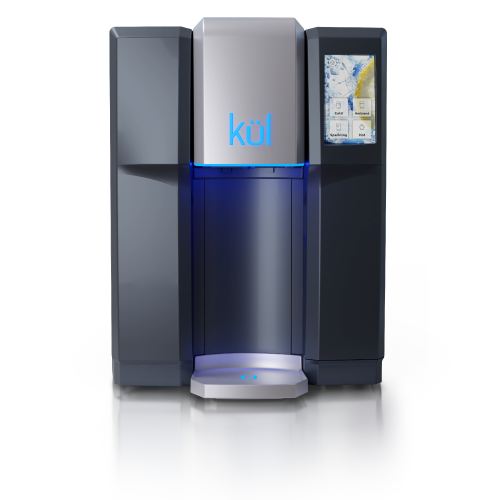Five things to consider when choosing chemical companies location
In fact, if your organization really needs a brand new chemical companies, here are five factors that can help you stay on track in the siting process.
A sound business plan should be the basis of your site selection process
Goods the factory will produce
The quantity of goods the factory will produce
Five year production plan
Future growth expectations
Defining these facts is key because they affect all aspects of the site, from size requirements to energy availability.
According to your business plan, first check if your organization needs a new site. Maybe optimizing existing facilities can help you achieve your goals. For example, a customer recently asked stellar to design a solution to maximize the number of pallet locations in his facility. Stellar designed the facility to follow the radius of the track and maximize the use of available land, allowing a total of 20550 tray locations. The owners are very satisfied with this design concept. They repeated the same design concept in another factory.
However, if your organization really needs a brand new chemical companies, here are five factors that can help you stay on track in the siting process:
1. Local geography – a site may require additional land, depending on local conditions, such as topography, drainage system, or government regulation. Don’t forget to investigate these factors.
2. Daily operation – what is the flow in the factory? How often? Consider activities such as raw material delivery, finished product distribution and material flow inside the factory. Ask yourself some additional questions, such as: “does the operation of the plant require rail access?” or “should interstate transportation be a priority?” your goal is to answer these questions early in the siting process to help you clearly define the logistics of the new plant.
3. Utilities and water charges – determine the area you need and use the utility matrix to estimate its utility needs. If your organization has established similar facilities, plan these projects based on the existing data. If not, consider consulting an experienced engineering company.
The cost of utilities and water is closely related to your operating costs. When selecting sites, sufficient energy supply should be ensured. Check your water and wastewater requirements. The cost of water use is mainly affected by the cost of wastewater pretreatment or wastewater surcharge. Estimating these costs can help you qualify potential sites.
4. Distance – locate your customers and distribution centers. Where are your raw materials? Identifying these can help determine the ideal location for a new chemical companies.
At the same time, transportation cost should be considered. Understand the cost difference between incoming materials and outgoing products. Your organization should strive to minimize total transportation costs, not just the distance between customers, materials and your plant. However, if you have a big customer who wants your new plant to deliver products quickly, that should be more than all the other factors, so choose a location at the right distance.
5. Environmental issues – this is an important issue for food processing plants to consider. Check nearby industrial sites. Do they emit dust? Do they pollute the air? Do they smell? Toxic elements or toxic elements? If this place is polluted, it is definitely not suitable as a food processing facility. These issues are usually included in the first phase of the environmental assessment and are usually arranged by consultants.



